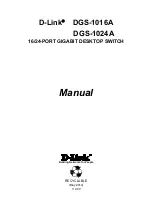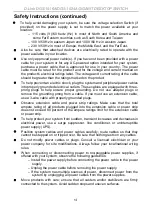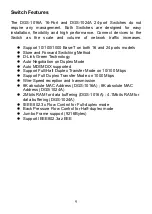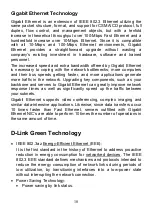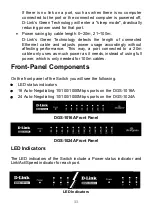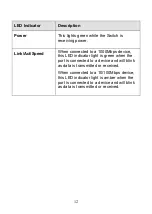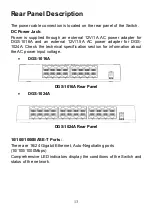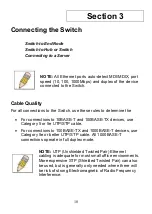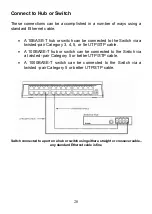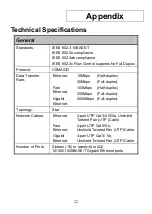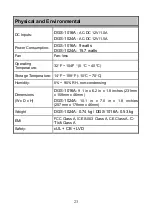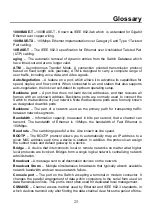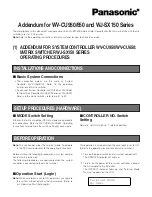
Gigabit Ethernet Technology
Gigabit Ethernet is an extension of IEEE 802.3 Ethernet utilizing the
same packet structure, format, and support for CSMA/CD protocol, full
duplex, flow control, and management objects, but with a tenfold
increase in theoretical throughput over 100-Mbps Fast Ethernet and a
hundredfold increase over 10-Mbps Ethernet. Since it is compatible
with all 10-Mbps and 100-Mbps Ethernet environments, Gigabit
Ethernet provides a straightforward upgrade without wasting a
company’s existing investment in hardware, software and trained
personnel.
The increased speed and extra bandwidth offered by Gigabit Ethernet
is necessary to coping with the network bottlenecks; more computers
and their bus speeds getting faster, and more applications generate
more traffic in the network. Upgrading key components, such as your
backbone and servers to Gigabit Ethernet can greatly improve network
response times as well as significantly speed up the traffic between
your subnets.
Gigabit Ethernet supports video conferencing, complex imaging and
similar data-intensive applications. Likewise, since data transfers occur
10 times faster than Fast Ethernet, servers outfitted with Gigabit
Ethernet NIC’s are able to perform 10 times the number of operations in
the same amount of time.
D-Link Green Technology
•
IEEE 802.3az Energy-Efficient Ethernet (EEE):
It is the first standard in the history of Ethernet to address proactive
reduction in energy consumption for networked devices. The IEEE
802.3 EEE standard defines mechanisms and protocols intended to
reduce the energy consumption of network links during periods of
low utilization, by transitioning interfaces into a low-power state
without interrupting the network connection.
•
Power Saving Technology:
•
Power saving by link status.
10

